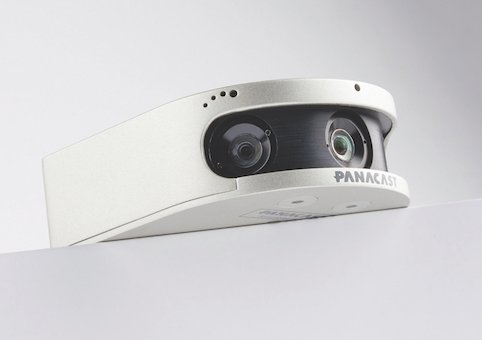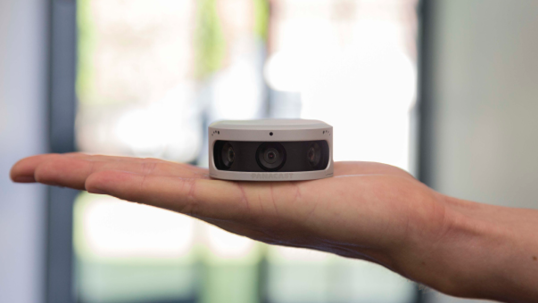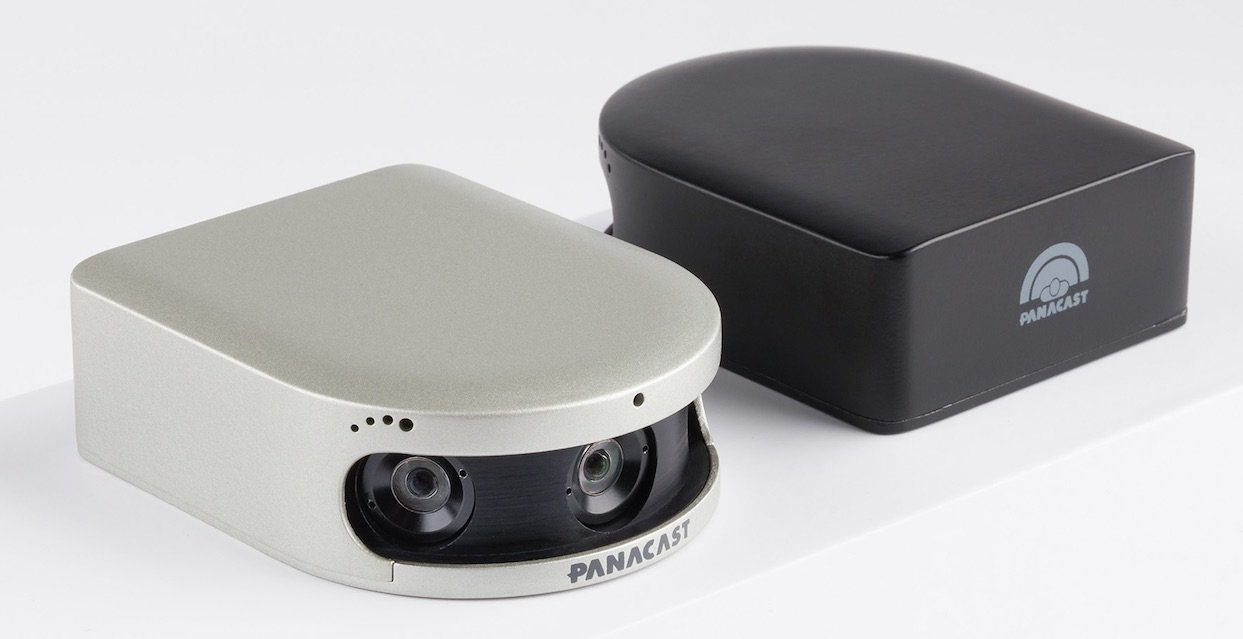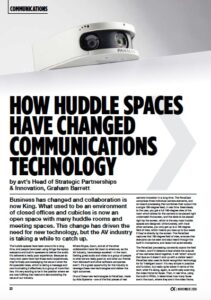News
9 Nov 2018
How Huddle Spaces Have Changed Communications

Subscribe to CX E-News
COMMUNICATIONS
How Huddle Spaces Have Changed Communications Technology
by avt’s Head of Strategic Partnerships & Innovation, Graham Barrett.
Business has changed and collaboration is now King. What used to be an environment of closed offices and cubicles is now an open space with many huddle rooms and meeting spaces. This change has driven the need for new technology, but the AV industry is taking a while to catch up.
The huddle spaces have been around for a long time, and people have been using things like laptop webcams and built-in speakers to deliver the audio. It’s delivered a really poor experience. Because so many end users have had those awful experiences, they’re finally acknowledging the value in what the AV specialist does, which is taking a message and communicating it effectively to a group of more than two.
It’s very exciting to be in the position where we are now fulfilling that need and demonstrating the value of our industry.
Where Skype, Zoom, and all of the other collaboration tools fall down is where we, as the AV industry, have always excelled – in the room. Getting great audio and video to a group of people is what we are really good at, and what our friends from Microsoft and other software companies aren’t.
It’s a great opportunity for the industry to leverage these new technologies and deliver the right outcomes. One of these new technologies is PanaCast, made by Altia Systems – one of the first pieces of real camera innovation in a long time.
The PanaCast comprises three individual camera elements, and on-board processing that combines their output into a single 180-degree feed, in real time. Seamlessly to the user, you get a full 180-degree view of the room which allows for the camera to be placed right underneath the screen, and the table to be placed right by the screen, which is the way most huddle spaces are designed.
Unfortunately, with most other cameras, you only get up to a 100 degree field of view, which means you lose up to four seats if they’re directly by the screen. The PanaCast captures that 180 degree field of view, ensures that everyone can be seen and also heard through the built-in microphone, and does it all automatically.
 The PanaCast processing constantly scans the field of vision, and if it detects a face where the outputs of two cameras blend together, it will ‘stitch’ around that face so it doesn’t end up with a visible ‘seam’. PanaCast also uses its facial recognition technology for its ‘intelligent zoom’.
The PanaCast processing constantly scans the field of vision, and if it detects a face where the outputs of two cameras blend together, it will ‘stitch’ around that face so it doesn’t end up with a visible ‘seam’. PanaCast also uses its facial recognition technology for its ‘intelligent zoom’.
It’s very simple in practice and function, but really quite clever in terms of the tech; what it’s doing, again, is continually scanning the video frame for faces. Then, in real time, using the built-in FPGA, it determines how many faces are in the room, where they are in the video frame, and automatically zooms and frames the shot, which means if there’s only two people in a room that holds 10, it zooms in so you don’t get a picture that is mostly empty chairs.
The PanaCast’s ‘Vivid’ function is another offshoot of its facial recognition – it detects where the faces are, then uses HDR to ensure those faces are visible at the other end, irrespective of the lighting conditions in the room.
Because the PanaCast recognises faces, it also has a built-in people count capability. To leverage that, avt have created a middleware product, mezzoCast, which can connect that information to a back-end like Office 365 or Microsoft Exchange to allow automatic meeting release and ad-hoc room bookings.
This means no user intervention and a fully automated check in and check out process.
Use Case – Uber
Uber has deployed more than 850 PanaCast camera systems worldwide over the course of the past two years. Their technical team began working closely with Altia Systems and PanaCast’s sales and engineering teams in September 2016.
Uber was growing at a rapid pace and the need for ZoomRooms – the selected video conferencing service – was multiplying. The PanaCast team worked closely with Ravi Sharma, Uber’s Head of Collaboration and AV Services.
Sharma joined Uber to lead their AV 2.0 effort. Responsible for connecting thousands of Uber global sites via cloud collaboration technologies, Sharma built a task force dedicated to that single mission. Under his leadership, the team has revolutionised how Uber collaborates via video, offering a premier user experience while simultaneously reducing cost and enhancing remote manageability, for all 15,000+ Uber employees in 400+ offices.

The Panacast fits in the palm of your hand
First, the team conducted deep analysis of users’ needs and selected solution components which would deliver an outstanding, immersive, easy-to-use experience. This included Zoom as the preferred VC cloud services provider and PanaCast as the preferred device to provide panoramic-4K quality video with a 180 degree immersive experience.
Ravi Sharma loves the fact that PanaCast offers full coverage of a conference room and a full 180° view.
“Full room coverage is the biggest thing in real estate,” he states. “You have five chairs per huddle room. If two are not in the camera’s field of view, those two chairs are not usable and you’ve lost those seats at the table – literally.”
Sharma recognizes that PanaCast has saved the company money on what would otherwise be lost real estate. “PanaCast has significantly improved the productivity of our employees,” Sharma attests.
“This is why we’ve standardised on PanaCast. The devices are now being used in about 850 collaboration rooms and spaces in Uber offices around the world.”
The PanaCast engineering team worked closely with the Uber AV team to integrate Altia’s enterprise manageability solution with Uber IT so that the more than 850 devices (and growing) deployed at Uber are managed through a simple IT-driven push process.
Finally, Uber took an early lead in integrating Intelligent Vision capabilities – such as Intelligent Zoom and PanaCast Vivid – into the solution. This helped optimise users’ experience by replacing the need for manual adjustments using remote control devices for traditional PTZ cameras with autonomous intelligent technology.
“When employees previously walked into conference rooms, they had to figure out how to zoom into the right part of the room,” said Ravi.
“It was hugely disruptive. Now, with PanaCast’s Intelligent Zoom feature, I walk into a room and wherever I sit, the camera knows where I am and frames me right away. What was a struggle previously is no longer one.”
Article the November 2018 edition of CX Magazine. CX Magazine is Australia and New Zealand’s only publication dedicated to entertainment technology news and issues – available in print and online. Read all editions for free or search our archive www.cxnetwork.com.au
© CX Media
Subscribe
Published monthly since 1991, our famous AV industry magazine is free for download or pay for print. Subscribers also receive CX News, our free weekly email with the latest industry news and jobs.






